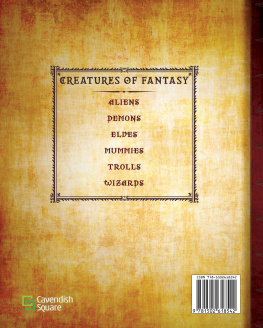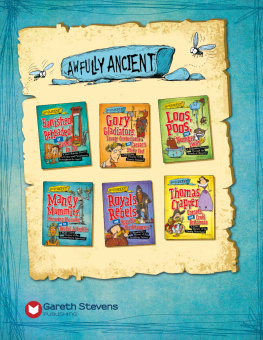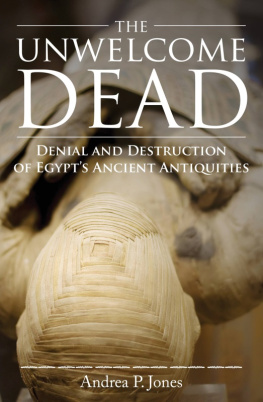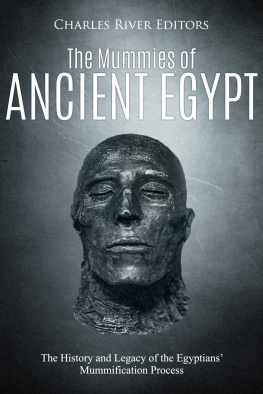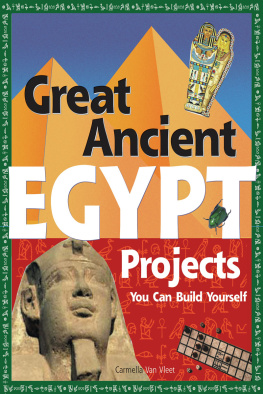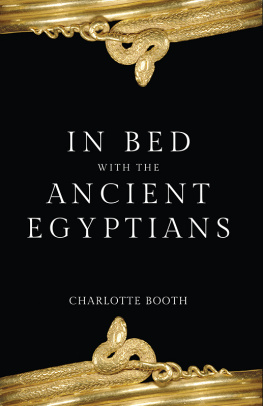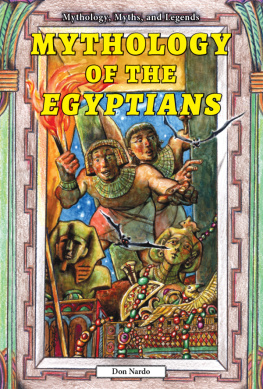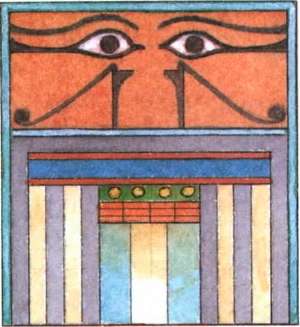
Illustrated by Laszlo Kubinyi
SCHOLASTIC INC.
New York Toronto London Auckland Sydney
The assistance of Sue D'Auria, Consultant, Department of Ancient Egyptian,
Nubian, and Near Eastern Art, Boston Museum of Fine Arts,
in reviewing the text and illustrations is gratefully acknowledged
Quotation from Juvenal's Satires, translated by Jerome Mazzaro.
Copyright 1965 by the University of Michigan.
Published by the University of Michigan Press. Used by permission.
No part of this publication may be reproduced in whole or in part,
or stored in a retrieval system, or transmitted in any form or by
any means, electronic, mechanical, photocopying, recording, or
otherwise, without written permission of the publisher. For
information regarding permission, write to Clarion Books, a
Houghton Mifflin Company imprint, Permissions, Houghton
Mifflin Company, 215 Park Avenue South, New York, NY 10003.
ISBN 0-590-26695-0
Text copyright 1996 by Kelly Trumble.
Illustrations copyright 1996 by Laszlo Kubinyi.
All rights reserved.
Published by Scholastic Inc., 555 Broadway, New York, NY 10012,
by arrangement with Clarion Books,
a Houghton Mifflin Company imprint.
SCHOLASTIC and associated logos are trademarks
and/or registered trademarks of Scholastic Inc.
12 11 10 9 8 76 5 4 3 2 1 8 9/9 0 1 2 3/0
Printed in the U.S.A. 24
First Scholastic printing, January 1998

To Art
K.T.
For my family: wife Suzanne and
daughters Gabriella, Martina, and Natalia
L.K.
Contents
1 From Totems to Gods
2 Cat Worship
3 A Second Chance at Life
4 Bubastis
5 Persian Conquest
6 Death of a Religion
Appendix
Human Mummification
Some Animals and the Gods They Symbolized
A Chronology of Ancient Egyptian History
Museums
Notes
Names and Terms
Selected Bibliography
Index
Chapter 1
From Totems to Gods
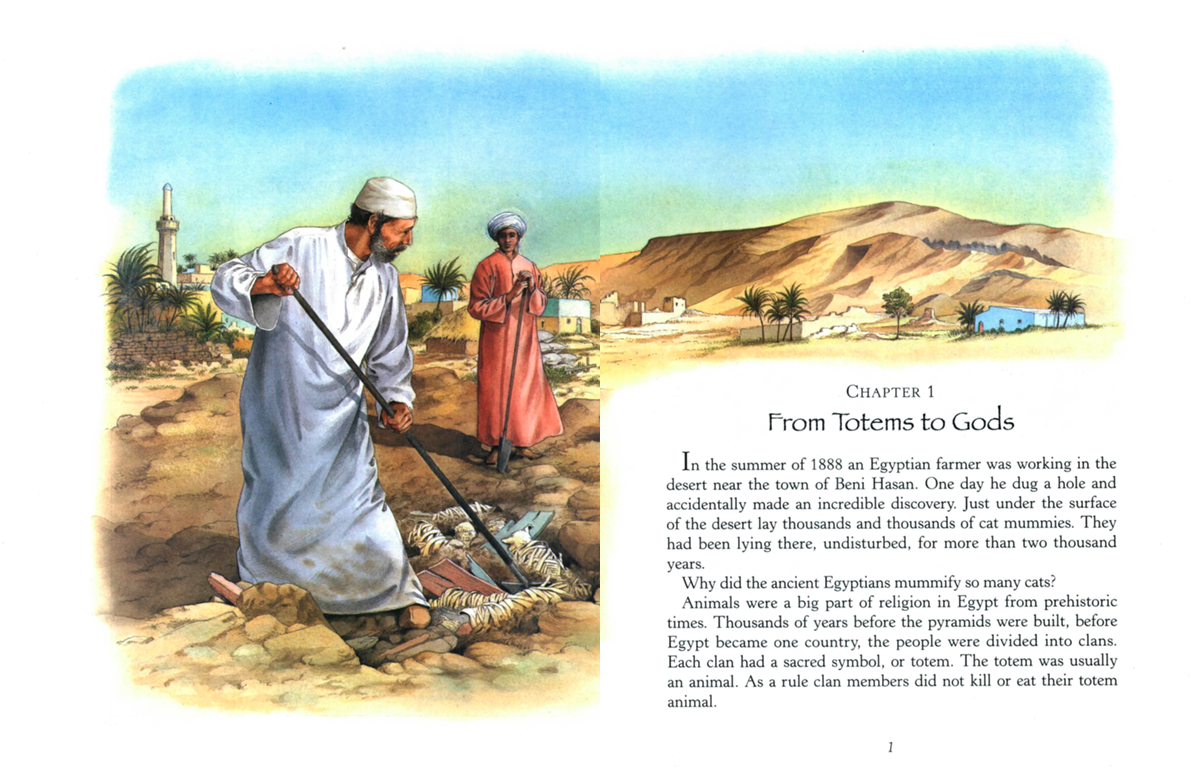
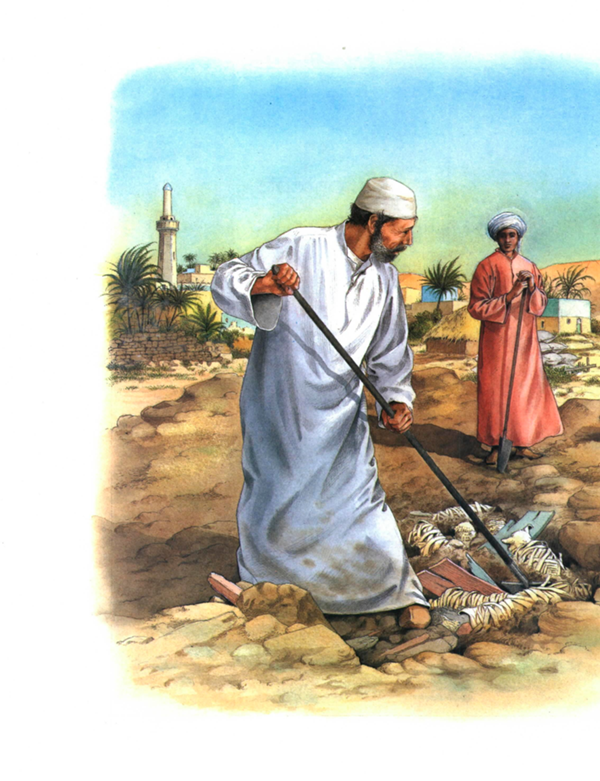
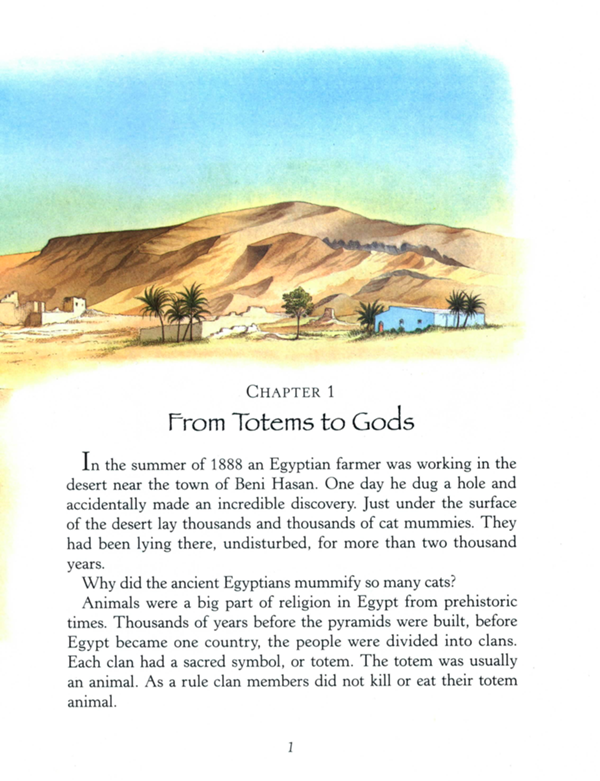
In the summer of 1888 an Egyptian farmer was working in the desert near the town of Beni Hasan. One day he dug a hole and accidentally made an incredible discovery. Just under the surface of the desert lay thousands and thousands of cat mummies. They had been lying there, undisturbed, for more than two thousand years.
Why did the ancient Egyptians mummify so many cats?
Animals were a big part of religion in Egypt from prehistoric times. Thousands of years before the pyramids were built, before Egypt became one country, the people were divided into clans. Each clan had a sacred symbol, or totem. The totem was usually an animal. As a rule clan members did not kill or eat their totem animal.
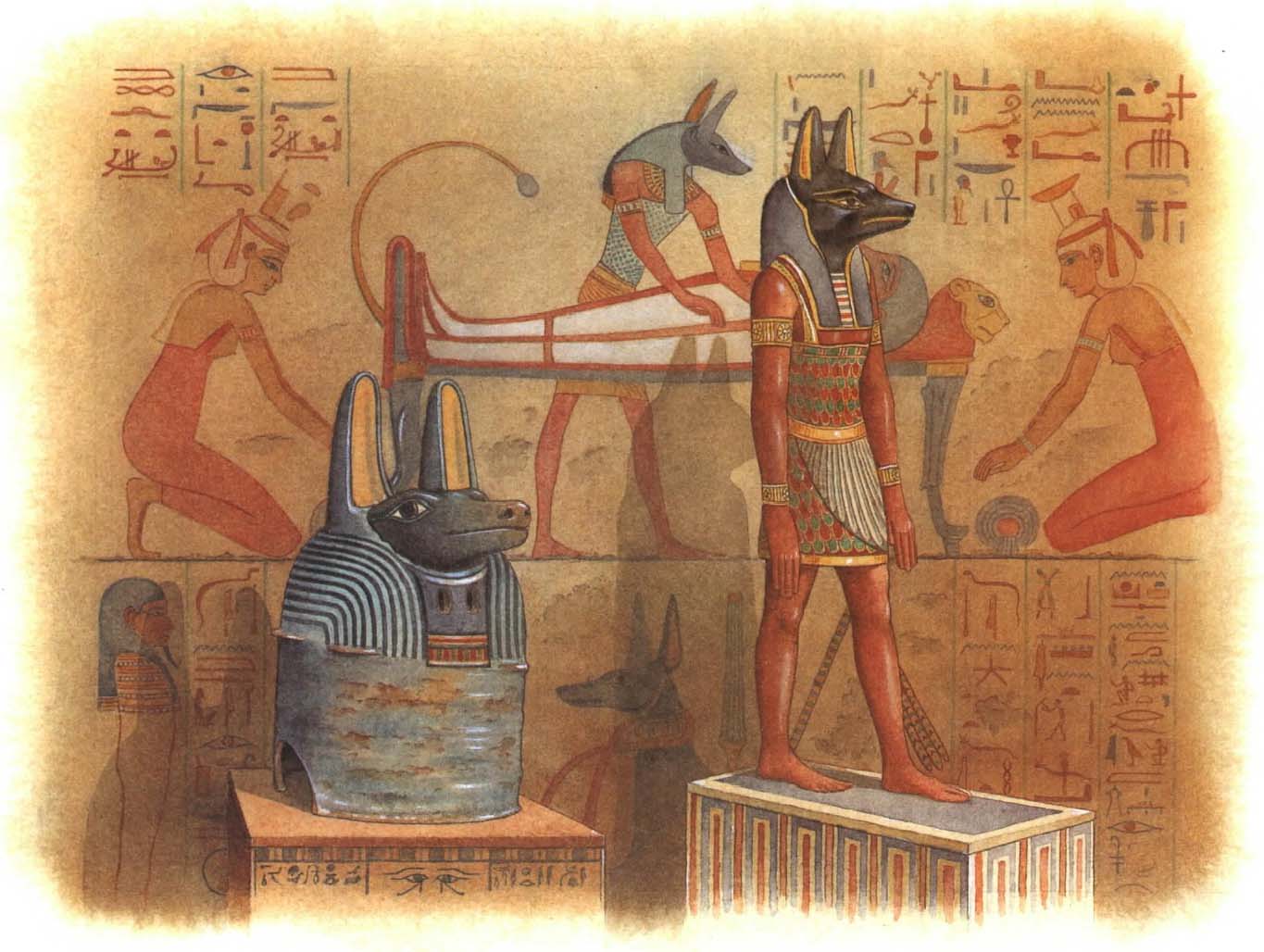
Why were certain animals chosen to be totems? Perhaps the clan members chose an animal because it helped them to survivefor example, ibises ate poisonous snakes. Perhaps the clan admired a certain quality in an animal, such as the strength of a bull. Or perhaps they were afraid of a particular animal and thought it might not harm them if they worshiped it.
When war broke out between clans, the winning clan demanded respect for its totem. First one clan rose to power, then another. Eventually a nation was built, and
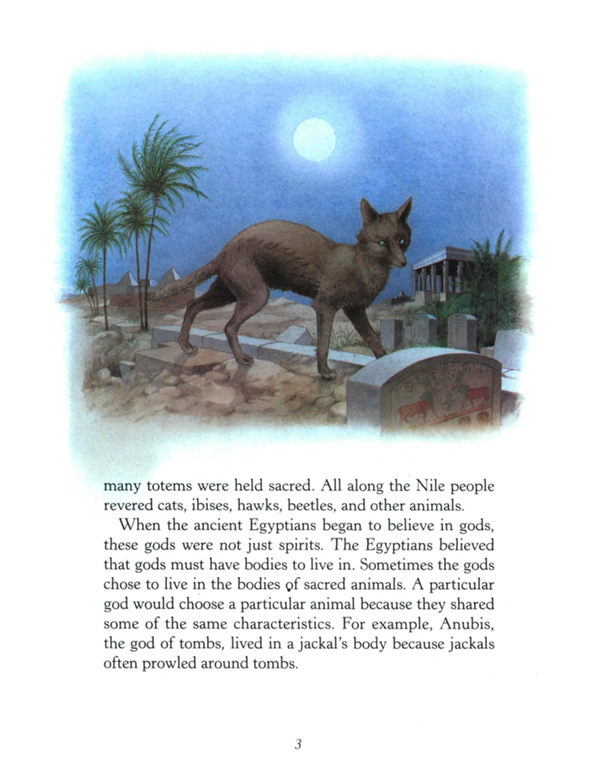
many totems were held sacred. All along the Nile people revered cats, ibises, hawks, beetles, and other animals.
When the ancient Egyptians began to believe in gods, these gods were not just spirits. The Egyptians believed that gods must have bodies to live in. Sometimes the gods chose to live in the bodies of sacred animals. A particular god would choose a particular animal because they shared some of the same characteristics. For example, Anubis, the god of tombs, lived in a jackal's body because jackals often prowled around tombs.

At first a single animal was chosen to be the body where the god could live. This animal lived in luxury in the temple of its god. Priests fed and cared for the temple animals. Diodorus Siculus, a Greek historian who lived in the first century B.C., reported that temple cats and ichneumons (the Greek name for African mongooses) were fed pieces of bread mixed with milk, or pieces of raw fish from the Nile. Those who had the privilege of feeding the animals wore special emblems, and the people they met bowed to them in respect.
Diodorus also wrote about how the caretakers collected money to use for the animals' food. If an Egyptian had a child who had lived through a serious illness, he made a vow to the gods. To fulfill this vow, the Egyptian shaved his head and weighed his hair. Then he donated an amount of gold or silver equal to the weight of his hair.
The temple animals were thought to be the vessels of the gods. As such, they were treated with care and respect. But the animals themselves were not actually worshiped as gods.
Eventually some people began to confuse the sacred animals with the gods themselves. The cat or crocodile in the temple was no longer just a vessel for a god. It was an actual god. And so was every other cat or crocodile.
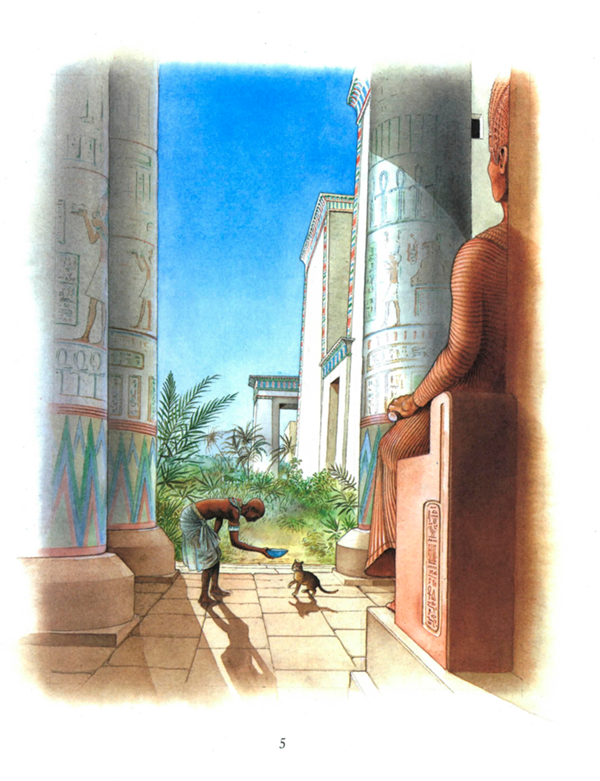
Animal worship was especially popular in the Late Period, from 712 to 332 B.C., and beyond. The people treated sacred animals with fanatic devotion. Diodorus reported that anyone caught killing a sacred animal was put to death. It didn't matter whether the animal was killed accidentally or on purpose. If anyone happened to find a dead animal, he backed away from it in horror, mourning its death and declaring his own innocence at the same time.
Around 60 B.C., Diodorus saw just how fanatical the Egyptians could be about their sacred animals. He saw a Roman soldier in Egypt accidentally kill a cat. At that time the Roman Empire was the most powerful empire ever, The Egyptians had every reason to be afraid of the Romans. But that didn't stop a mob from gathering at the soldier's house. The pharaoh Ptolemy XII sent officials to plead for calm. But the mob's devotion to cats was overwhelming. They killed the Roman.
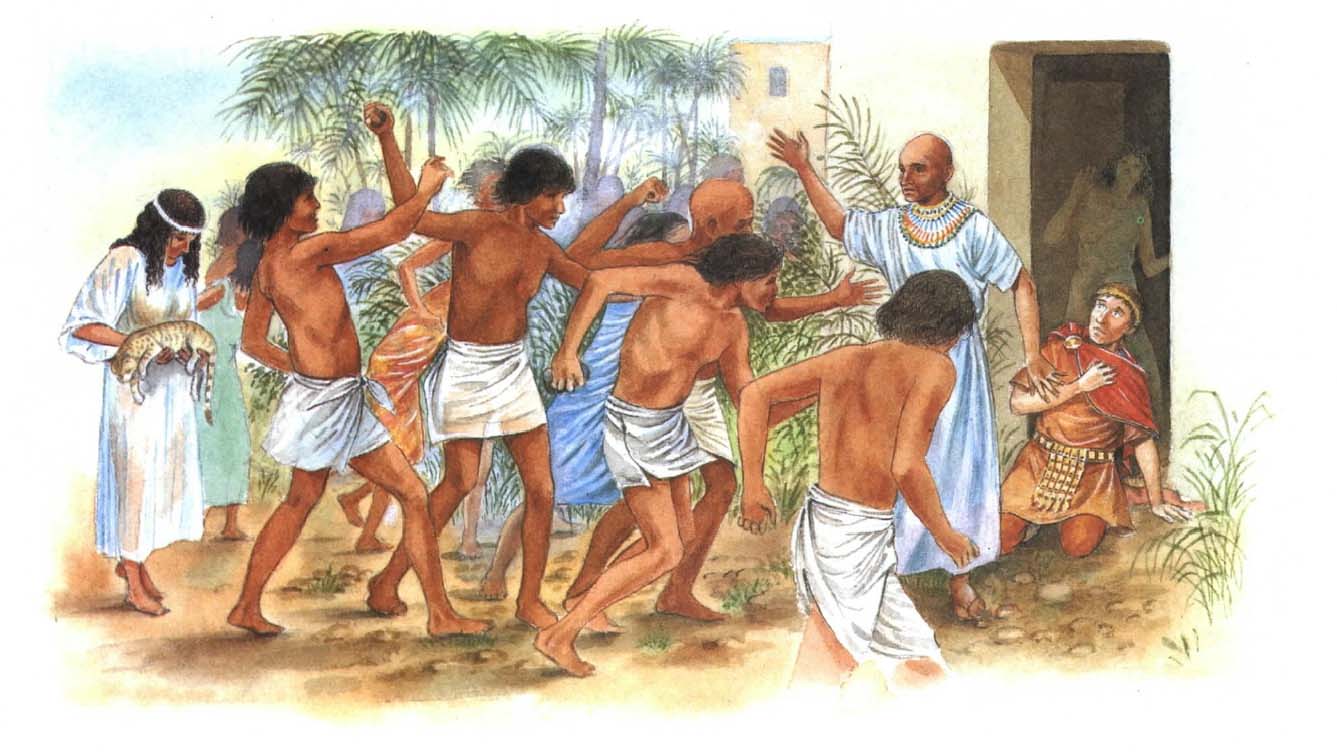
Next page


